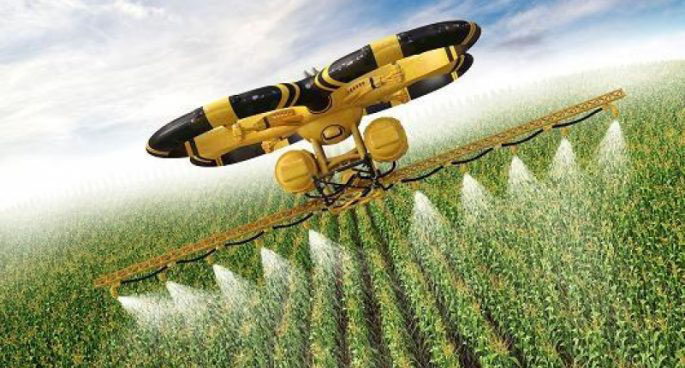(Reprinted from World Economic Forum)
Stunning technological advances in robotics and artificial intelligence are being reported virtually on a daily basis: from the versatile mobile robots in agriculture and manufacturing jeans, to autonomous vehicles and 3D-printed buildings. In fact, the International Federation of Robotics estimates that next year the stock of industrial robots will grow by more than 250,000 units per year, concentrated in the production of cars, electronics, and new machinery.
In some domains, emerging economies are actually ahead of richer countries. Take for example, Beijing’s driverless subway line or mobile phone-based finance in Kenya. Robots could even partially replace researchers and academics. So, this is really, really quite serious now…
This year’s World Development Report (year 2018) focuses on the changing nature of work (although its messages feel oddly dated). And it’s not the only one. A broad range of international agencies have recently flagged such issues relating to the future of employment in the context of automation, including ADB, the ILO, the IMF, UNCTAD, UNDP, UNIDO and the World Bank, again, and again. Ditto the private sector folks at McKinsey Global Institute, the World Economic Forum, and Price Waterhouse. In fact, the International Labour Organization (ILO) has gone as far as launching a Global Commission on the Future of Work.

